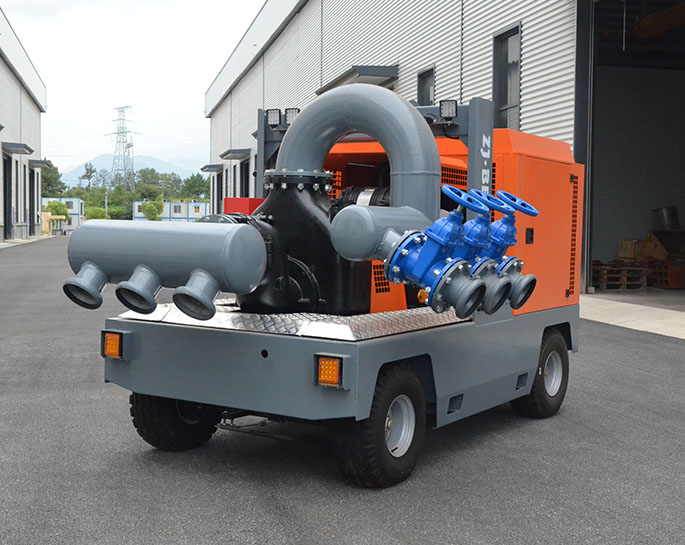Things to note when operating a mobile pump truck
Operating a mobile pump truck is a crucial role in construction projects, and it requires skill, attention to detail, and a strong focus on safety. Here are some key things to note when operating a mobile pump truck:
-
Training and Certification: Ensure that the operator is properly trained and certified to operate a mobile pump truck. They should be familiar with the equipment's controls, safety procedures, and industry regulations.
-
Pre-Operation Inspection: Conduct a thorough pre-operation inspection of the entire pump truck, including the boom, pump, hydraulic system, electrical components, and safety features. Address any issues or faults before operation.
-
Safety First: Prioritize safety at all times. Follow safety guidelines and procedures, use personal protective equipment (PPE), and be aware of potential hazards on the job site.
-
Load Capacity: Understand the pump truck's load capacity and never exceed it. Overloading can lead to equipment damage and accidents.
-
Stability: Ensure that the pump truck is set up on stable and level ground. Extend the outriggers to provide stability during operation, and avoid operating on soft or uneven surfaces.
-
Clear Path and Workspace: Keep the work area clear of obstacles, including overhead obstructions. Ensure that there are no workers or bystanders in the immediate vicinity of the pump truck during operation.
-
Concrete Mix Quality: Verify the quality and consistency of the concrete mix. Ensure that the mix is appropriate for pumping and that it is free from debris or excessive water content.
-
Pump Line Inspection: Check the pump line for blockages, kinks, or damage before starting. Clean or replace any sections that are compromised.
-
Control Panel Operation: Familiarize yourself with the control panel and ensure all controls are functioning correctly. Follow proper sequencing when operating the pump.
-
Communication: Maintain clear communication with other workers on the site, especially when maneuvering the boom or delivering concrete. Use hand signals or two-way radios if necessary.
-
Concrete Delivery: Monitor the concrete flow and adjust the rate as needed to prevent blockages or overflows. Keep a consistent and even flow to avoid surge pressures.
-
Boom Operation: Operate the boom smoothly and avoid abrupt movements. Use the boom's maximum reach and elevation capacities with caution and ensure that it does not contact power lines or other obstacles.
-
Weather Conditions: Be mindful of weather conditions that can affect operation, such as wind, rain, or extreme temperatures. Adjust the operation or consider postponing work if conditions pose a safety risk.
-
Emergency Procedures: Familiarize yourself with emergency procedures and have an emergency plan in place. Know how to shut down the equipment in case of a malfunction or emergency.
-
Clean-Up: After completing a job, clean and rinse the pump line to prevent concrete buildup or blockages in the future.
-
Documentation: Maintain records of inspections, maintenance, and operations, including any incidents or issues encountered during the job.
By following these guidelines and prioritizing safety, operators can help ensure the efficient and safe operation of a mobile pump truck on construction sites.


.png)
.png)

.png)


